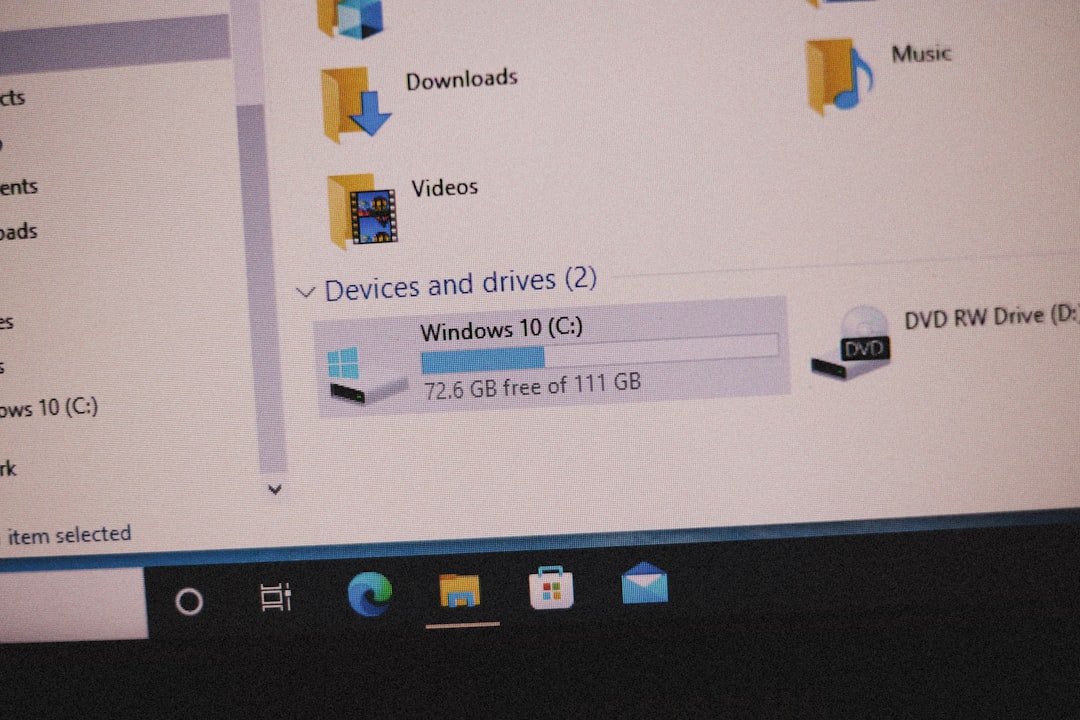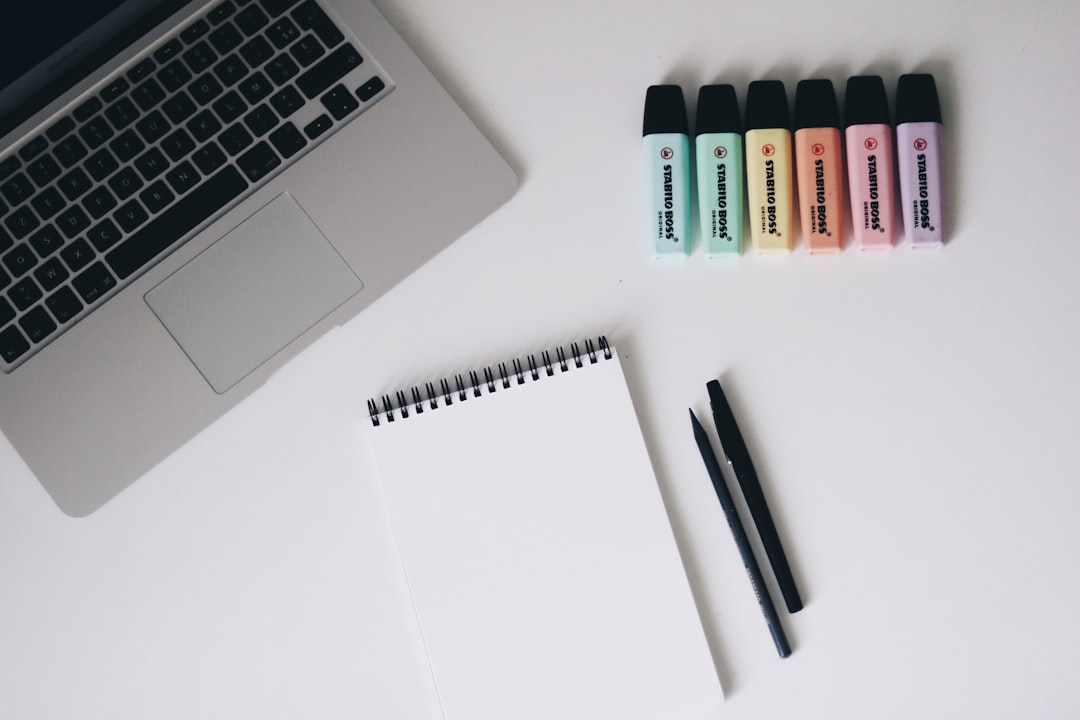Creating a compelling logo has traditionally been a task reserved for professional designers with solid skills in graphic design. However, with the rapid advancement of technology and artificial intelligence, logo design tools powered by AI are now accessible to the general public, including those with no prior design experience. But how user-friendly are these tools for non-designers? Let’s explore how AI logo makers are changing the design game and whether they truly empower the creatively untrained.
The Rise of AI-Powered Logo Design
AI logo makers have surged in popularity, with platforms like Looka, Tailor Brands, and Canva gaining traction for their ability to generate professional-looking logos in minutes. These tools tap into algorithms that analyze design patterns, typography, and color theory, essentially doing the heavy lifting for users. Most platforms start with simple inputs from users—such as company name, industry, and style preferences—and output customized logo options based on those details.

Simplicity at its Core
The defining feature of AI logo tools is their simplicity. For non-designers, the user interface often resembles a friendly step-by-step quiz:
- Step 1: Enter your business name and tagline.
- Step 2: Choose your industry or category.
- Step 3: Pick a few design styles or logo types (e.g., modern, vintage, minimalist).
- Step 4: Select color preferences.
Once these steps are completed, the tool generates a range of logos tailored to your inputs. This means even a user with no graphic design knowledge can end up with a logo that looks professional and aesthetically balanced.
Customization Without Complexity
One of the concerns many non-designers face is whether they can make tweaks to the logo once it’s generated. Fortunately, most AI logo makers offer intuitive customization features. Users can easily change:
- Font styles and sizes
- Color schemes
- Icon positioning
- Layout formats (horizontal, stacked, etc.)
These changes are typically handled with drag-and-drop actions or simple sliders—no special software or technical knowledge required. This makes the process not only accessible but also enjoyable for users who may be unfamiliar with design software like Adobe Illustrator or Photoshop.

Limitations and Learning Curves
While AI tools are incredibly convenient, they are not without limitations. Some of the hurdles non-designers may face include:
- Lack of design education: Without understanding basic design principles like contrast, spacing, and alignment, users may unknowingly create logos that are less effective.
- Overreliance on templates: AI-generated logos may lack uniqueness if several users happen to choose similar inputs.
- Brand alignment: While the tool produces visually appealing designs, ensuring that the logo aligns perfectly with your brand’s identity often requires a human touch.
These issues can typically be mitigated through minor post-design adjustments or by consulting with a professional for review, especially for businesses seeking to scale or establish a strong identity.
Success Stories and Real-World Impact
Many small businesses and startups have found success launching their brands using AI logo makers. Without the initial budget to hire a full-time designer, these tools provide a practical and economical solution to get a brand off the ground. Plus, with downloadable vector files offered by most platforms, the logos are print-ready and can be used across various media—from websites to business cards to social media profiles.
The Future of DIY Design
As AI continues to evolve, the gap between professional-level design and automated tools narrows. Features like branding packages, style guides, and business card templates are now commonly bundled with AI logos, making them even more enticing for non-designers looking to build cohesive visuals quickly.
In conclusion, AI logo design tools are remarkably user-friendly for non-designers. They offer simplicity, speed, and a level of customization previously unreachable without design experience. While they may not completely replace a trained designer for high-end branding projects, for many small ventures, AI tools provide a smart, accessible alternative to get started.



Leave a Reply